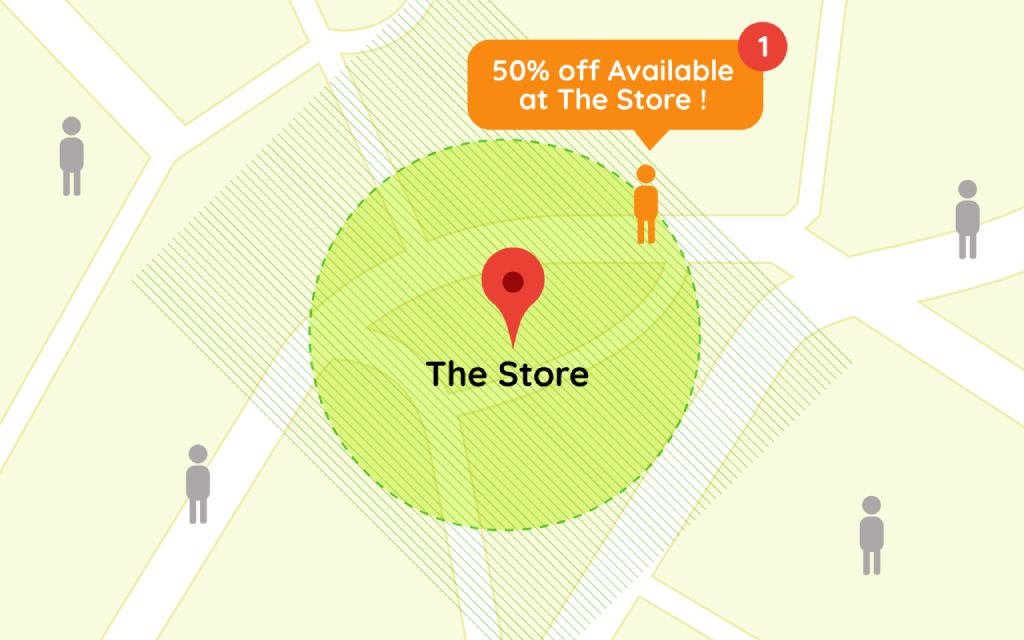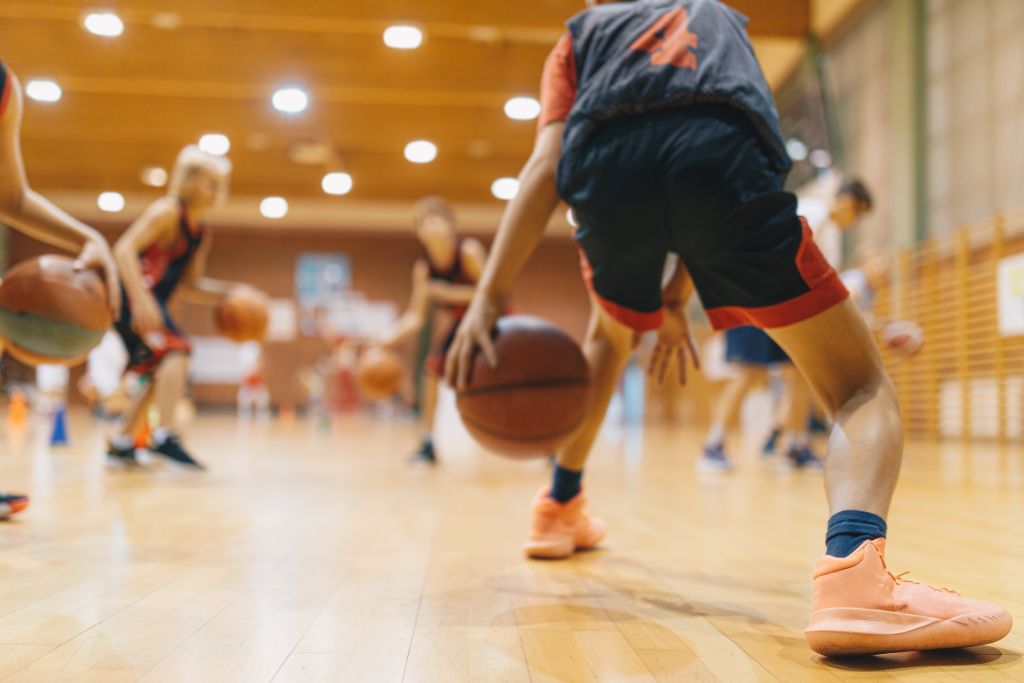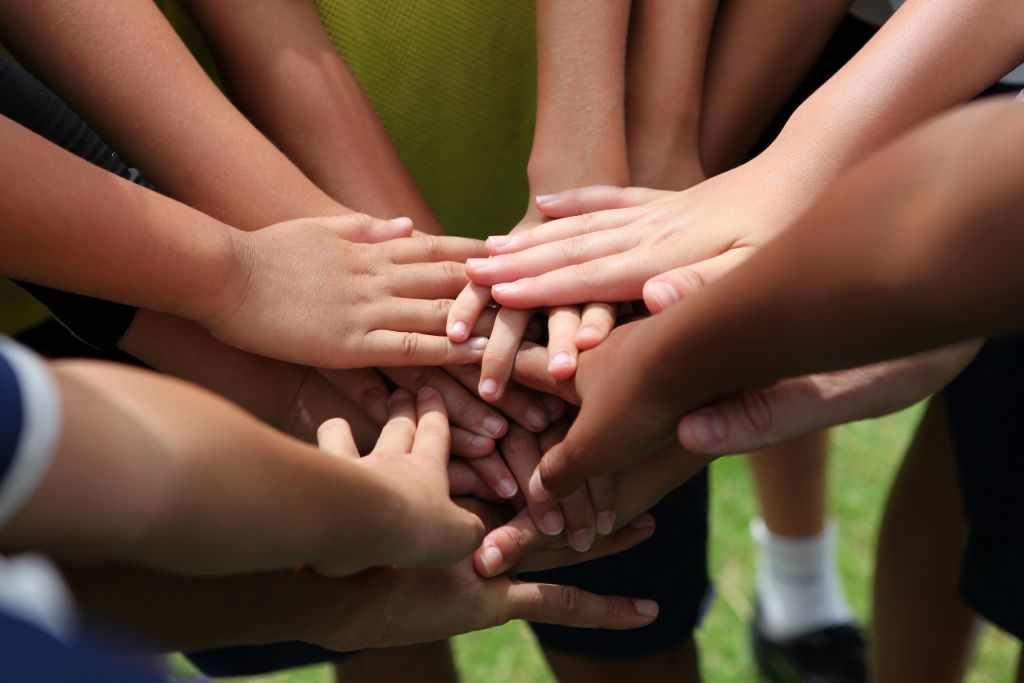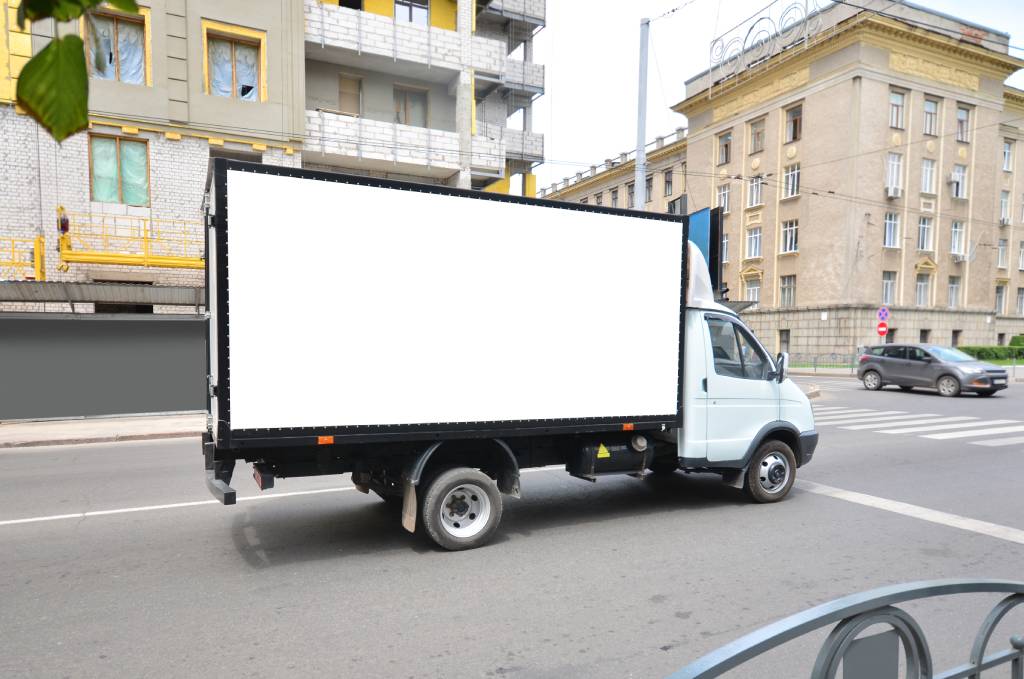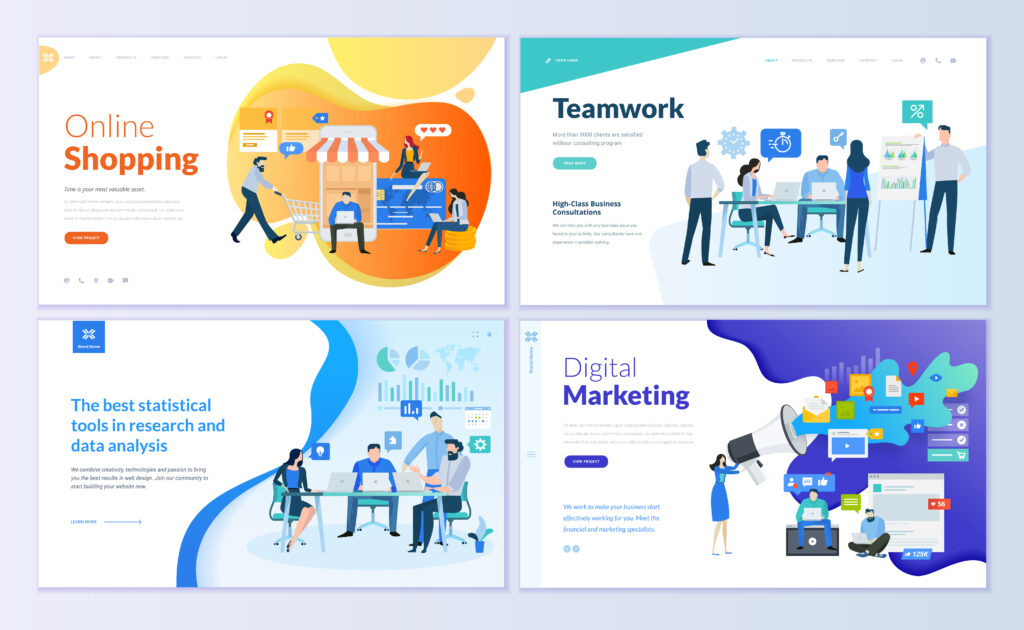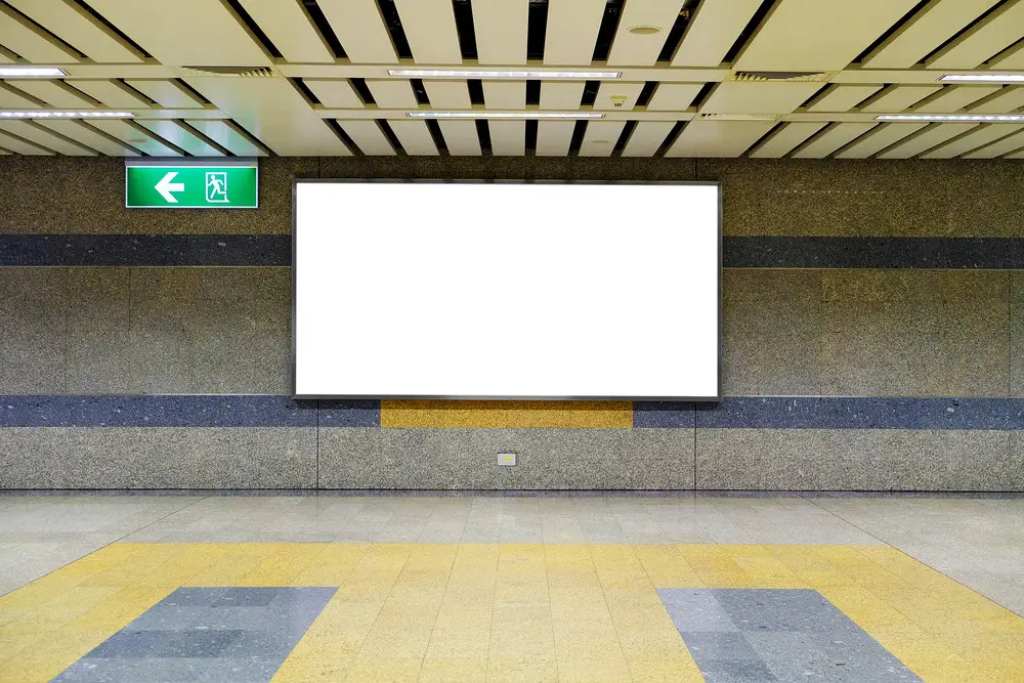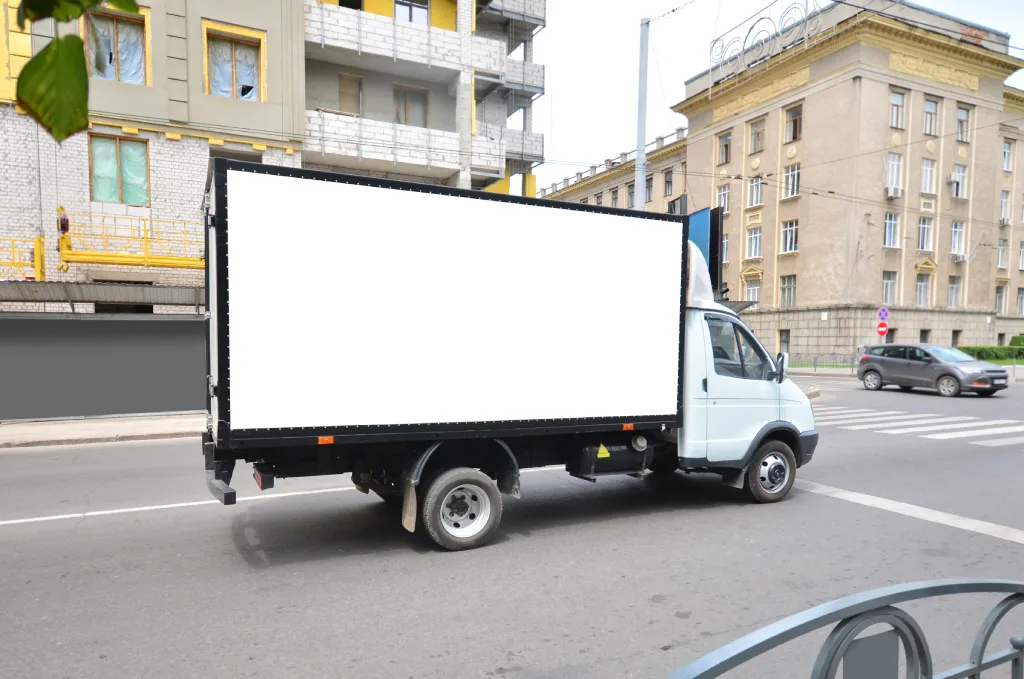
There’s no doubt mobile billboard ads like the ones found on truck advertising are effective. And that’s especially true when you compare them to static advertising billboards. Consider this: 97% of people can recall content seen on a mobile billboard.
But not all mobile billboards or truckside billboards are created equal. Just like with traditional marketing, mobile billboards are most effective when deployed strategically. Marketing strategy doesn’t discriminate, it would seem.
With that in mind, let’s explore ways you can promote your business on a mobile advertising truck smartly. These are the top truck advertising tips to ensure that when you advertise on trucks you’re not wasting your budget.
Plan Your Campaign
If you’re looking for a set-it-and-forget-it campaign, truck side advertising is not it. Mobile truck advertising may be simple to execute. But like any other marketing campaign, it’s challenging to execute well. That’s probably why you’ve seen plenty of ho-hum truckside ads for things like movers or waste disposal that felt rushed.
Instead of slapping some quick CTAs onto the side of a truck and calling it a day, go further. Plan out a full, high visibility display campaign like you would with any other medium.
Perhaps your company’s top priority is to build awareness. In a case like this, you can tease your brand before a larger, citywide reveal. Planning smaller engagements and adding to the fleet slowly over time will build brand recognition naturally.
Or, if you know a certain time or location is relevant to your business, plan your truckside spending accordingly. Rather than wasting your budget on off-hours engagements, target your campaign down to the minute and GPS location. When you customize routes, you save.
One of the best parts about mobile truck advertising is it can be as targeted as you need it to be. No longer does your billboard have to sit idly by on the side of the freeway. Execute your ads where and when you know they will be most effective.
Say Something
Countless ho-hum ads slap a logo and a tagline onto the billboard and call it a day. But your business needs more. You deserve warm audiences who understand who you are and what you offer. After all, a more primed audience means a greater potential for sales.
Rather than resting on brand awareness, ensure your campaign has something to say. Speak directly to your target demographic. Empathize with them. Give them the promise of solved problems before they even contact you.
With a campaign that relies on more than mere brand recognition, you can take the pressure off of your sales team.
Add Some Motion to Your Placement
Just because your truck is in motion doesn’t mean your ad needs to be static. By adding a digital screen to your truck side advertising, you can spice up the content you display in your campaign.
This style of digital advertising displays has immense potential, as your ad placement isn’t tied to a single look. Cycle through various screens of content. Speak to different audience segments in sequence. Or display an eye-catching animation that is sure to captivate audiences.
Consider this to convince your team. A study of roadside advertising found that drivers were more distracted by animated billboards than static ads. The same, it would stand to reason, would be true for pedestrians as well.
There are countless reasons to consider truck side advertising that pushes the envelope, technologically speaking. LED advertising trucks are just that.
Execute a Winning Truck Advertising Campaign
Like so many forms of OOH media, we are passionate about advertising campaigns that truly work. When you advertise on trucks with AllOver Media’s help, your ads can garner results. Our clients enjoy years’ worth of insights on what pushes the needle.
Are you ready to advertise on trucks and execute something special? See how AllOver Media can help!

